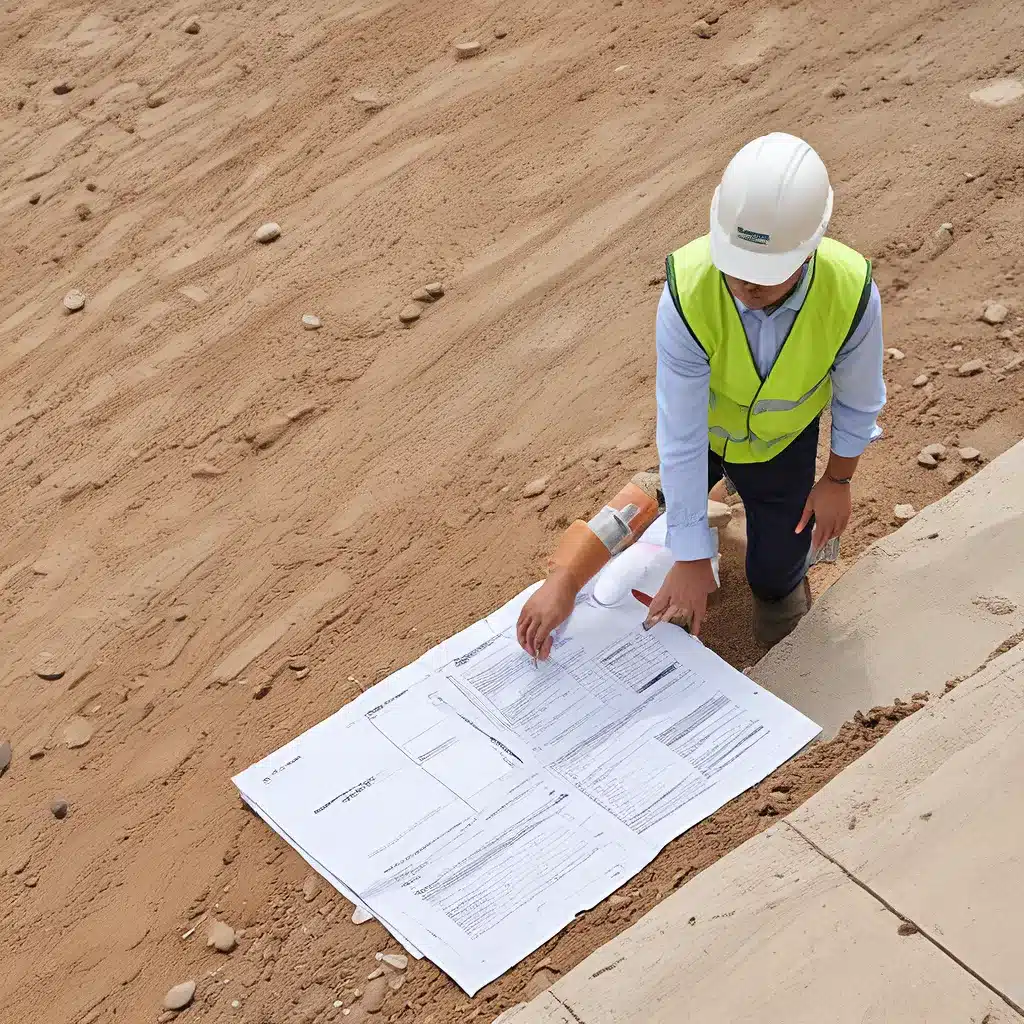
Navigating the Green Building Landscape: Tips for Eco-Friendly Construction
Ah, the world of construction – where the smell of freshly poured cement and the cacophony of power tools create a symphony of progress. But, my friend, have you ever wondered about the environmental impact of all this bustling activity? Well, buckle up, because I’m about to take you on a journey through the ever-evolving realm of green building.
The Rise of Eco-Friendly Construction
In the not-so-distant past, construction was largely viewed as an industry that prioritized efficiency and cost-effectiveness over environmental considerations. But as the world’s collective consciousness has shifted towards sustainability, the construction industry has undergone a remarkable transformation. Governing bodies like the U.S. Green Building Council (USGBC) and the Green Building Initiative (GBI) have been at the forefront of this green revolution, driving the adoption of eco-friendly practices through the implementation of voluntary and mandatory green building standards.
These standards, such as the Leadership in Energy and Environmental Design (LEED) certification, have become the go-to benchmarks for contractors and developers who are committed to reducing the environmental impact of their projects. And the results speak for themselves – over 500 cities across the United States have now implemented their own tailored green building codes, reflecting the growing demand for sustainable construction.
Navigating the Green Building Maze
But with so many standards, certifications, and regulations to navigate, it can be a daunting task for even the most seasoned construction professionals to stay on top of the latest green building trends. Fear not, my friends, for I’ve got your back. Here are some key tips to help you navigate the ever-evolving green building landscape:
Understand the Basics
The first step in your eco-friendly construction journey is to familiarize yourself with the fundamentals of green building. This includes learning about the various rating systems, such as LEED, Green Globes, and the Living Building Challenge, and understanding the criteria they use to evaluate a building’s environmental performance.
Embrace Collaboration
Gone are the days when construction projects were siloed affairs. To truly achieve sustainable success, you’ll need to foster a culture of collaboration among all stakeholders – from architects and engineers to building owners and facility managers. By working together, you can identify innovative solutions that address the unique needs of your project while minimizing its environmental impact.
Stay Ahead of the Curve
The green building landscape is constantly evolving, with new technologies, materials, and best practices emerging all the time. To stay ahead of the curve, make a habit of regularly attending industry events, reading trade publications, and engaging with organizations like the Canada Green Building Council or the Indian Green Building Council. This will help you anticipate and adapt to the changing demands of the market.
Prioritize Continuous Improvement
Achieving true sustainability is not a one-time goal but rather a never-ending journey. Embrace a mindset of continuous improvement, constantly evaluating your processes, materials, and practices to identify areas for optimization. By doing so, you’ll not only reduce your environmental impact but also position your company as a leader in the green building space.
The Benefits of Going Green
Now, I know what you’re thinking – “But won’t all this green stuff cost me a pretty penny?” Well, my friend, the truth is that the benefits of embracing eco-friendly construction far outweigh the initial investment. Here’s a quick rundown of the advantages:
-
Reduced Operating Costs: Green buildings are designed to be energy-efficient, with features like solar panels, smart HVAC systems, and advanced insulation that can significantly lower utility bills.
-
Healthier Indoor Environments: By prioritizing the use of non-toxic materials and optimizing air quality, green buildings can create healthier, more comfortable living and working spaces for occupants.
-
Lower Maintenance Costs: Sustainable building practices and materials often have longer lifespans, reducing the need for costly repairs and maintenance over time.
-
Increased Market Demand: As consumers and businesses become more environmentally conscious, the demand for eco-friendly construction continues to grow, giving green-focused contractors a competitive edge.
Embracing the Green Revolution
My friends, the time has come to embrace the green revolution in construction. By navigating the ever-evolving green building landscape and implementing sustainable practices, you’ll not only be doing your part to protect the planet but also positioning your business for long-term success. So, what are you waiting for? Grab your hard hat, roll up your sleeves, and let’s start building a greener future, one project at a time.
Remember, the journey to sustainability is a marathon, not a sprint. But with the right mindset, the right tools, and the right partners, you’ll be well on your way to creating structures that are not just functional, but truly in harmony with the environment. Who knows, you might even find that going green is the most rewarding and fulfilling work you’ve ever done.
Ready to take your construction business to new heights of eco-friendliness? Then head on over to https://www.readinggeneralcontractor.com/ and let’s get started on your next green building project!
Related posts:
No related posts.




